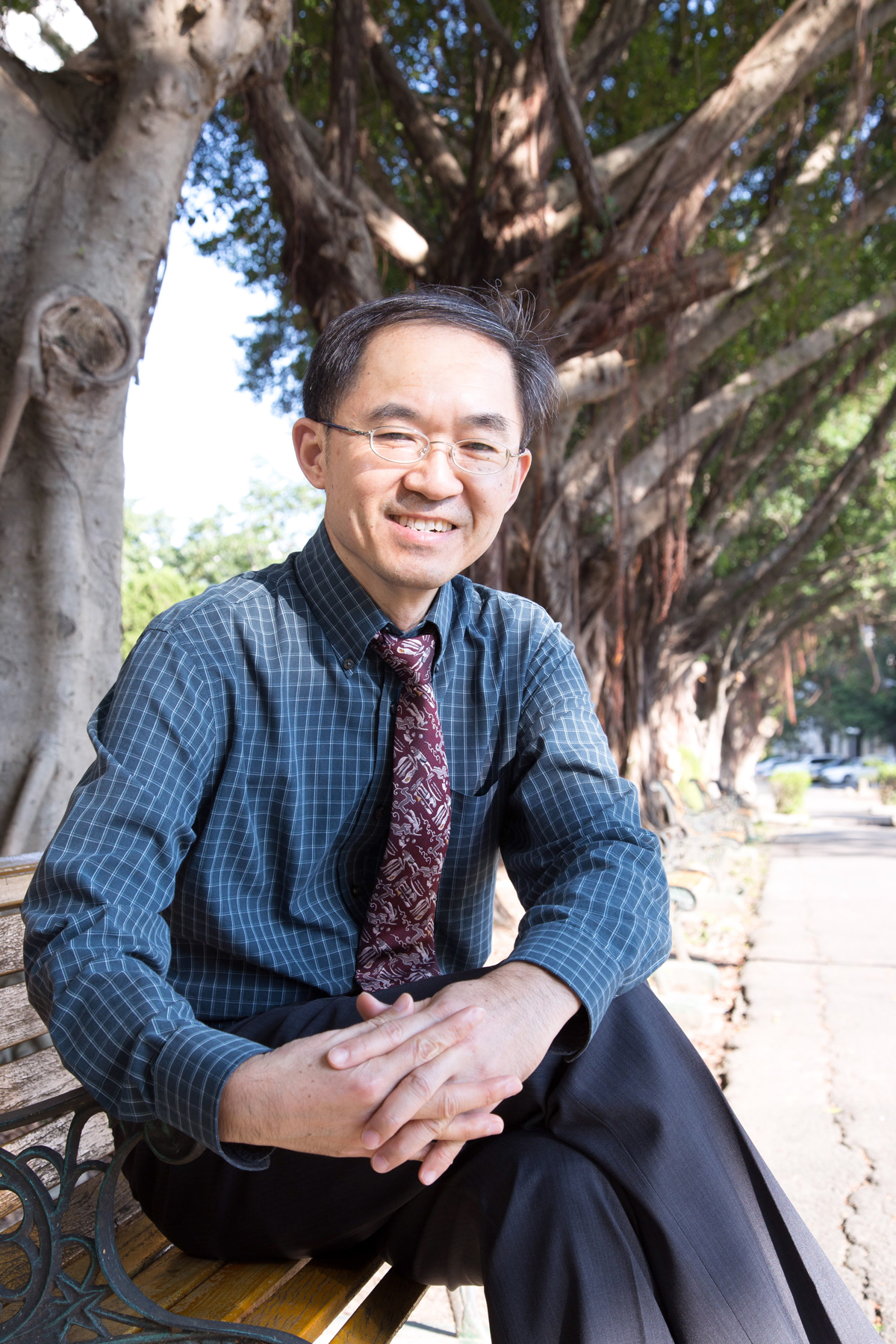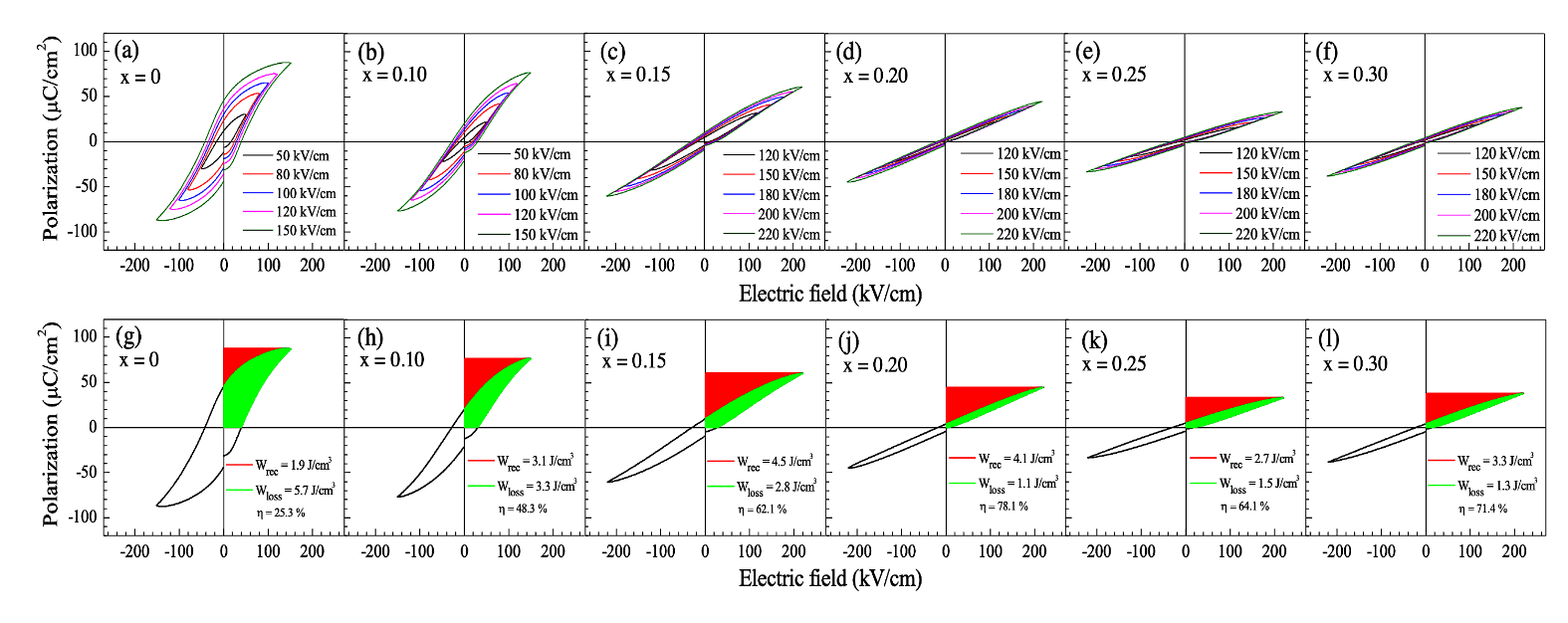Featured Scientist

Chi-Shun Tu, Ph.D.
College of Science and Engineering
Distinguished Professor
Experiences
2012/02~2015/07 Dean of Research and Development, Fu-Jen Catholic University
2008/08~2012/01 Director of the Graduate Institute of Applied Science and Engineering, Fu-Jen Catholic University
2004/08~The Graduate Institute of Applied Science and Engineering
2000/08~ Professor, Department of Physics, Fu-Jen Catholic University
1995/08~2000/07 Associate Professor, Department of Physics, Fu-Jen Catholic University
Education & Academic Qualifications
1980/08~1985/06 Bachelor of Physics, National Taiwan Normal University, Taiwan.
1988/08~1990/06 Master of Physics, University of Oregon, USA.
1990/08~1994/12 PhD in Physics, Montana State University, USA.
Research Interests
Light scattering, Ferroelectric materials
研究方向與內容
1. ITO薄膜/BiFeO3陶瓷/Au薄膜之異質結構的光電能量轉換與機制理論
內容: Power conversion efficiency (PCE), External quantum efficiency (EQE)
Open-circuit voltage, Short-circuit current density, Domain structure, Raman spectroscopy, Photoluminescence, X-ray synchrotron absorption, Transmission electron microscopy.
2. Bioactive glass-ceramics
內容: CaO-SiO2-P2O5 (CSP) & CaO-MgO-SiO2 (CMS) bioactive glass-ceramics
重要學術/實務經驗及成果
1. 輔仁大學傑出研究獎 (107年)
2. 輔仁大學學術特聘教授 (107年8月1日起)
3. 科技部特殊優秀人才獎勵 (99109年)
近年研究主要突破是ITO薄膜/Nd-doped BiFeO3 (BNFO)陶瓷/Au薄膜之異質結構在紫藍光( = 405 nm)照射下,最大光電功率轉換效率(power conversion efficiency, PCE)及外部量子效率(external quantum efficiency, EQE)。這些光伏參數是目前多晶向(polycrystalline)鐵電材料中最大的光伏效應實驗值。依據光學穿透與光致發(photoluminescence)光譜,陶瓷的光學能隙(optical bandgap, Eg)。學理創新方面,我們發展p-n-junction model理論及polarization-induced Schottky-barrier 模型解釋電場極化增強光伏效應及能量轉換效率的物理機制。同時使用synchrotron soft X-ray absorption spectroscopy (新竹國家同步輻射中心BL20A1)、high-resolution TEM、micro-Raman spectroscopy等高解析分析實驗,探討極化電場對BNFO陶瓷晶粒內部microstructure、microdomains、orbital hybridizations及vibrational modes等微觀物理性質影響,提供多鐵性BiFeO3材料在光電能量轉換及光觸媒(photocatalyst)重要學術及應用參數,研究成果近期已發表於國際知名材料領域期刊Acta Materialia (Impact Factor=7.656; Journal Rank: 1/79)。
Superb Power Density Ceramic Capacitor
The scheme is to combine three perovskite-types systems (Bi1-xRxFeO3, BaTiO3, AgNbO3/AgTaO3/NaNbO3) (R=Nd, Gd, Sm, Dy) to fabricate relaxorantiferroelectric
(Bi1-xRxFeO3)-(BaTiO3)-AFE ceramics, and design single-layer and multilayer dielectric capacitors. The goal is to optimize stoichiometric ratios in the vicinity of the morphotropic phase boundary (MPB) to maximize energy-storage parameters. For instance, the MPB region appears at x~0.25-0.4 in the (1-x)BiFeO3-xBaTiO3 system. Through optimizing parameters in the synthesizing process, we expect to acquire reduction of current leakage, remanent polarization (Pr), and energy loss in the charge-discharge cycle, and also enhance maximum polarization (Pmax) and breakdown strength (BDS or Eb). Therefore, the overall energystorage performance can be improved, including recoverable energy density (Wrec), storage efficiency (η), power density (Pd), thermal stability, and fatigue resistance. The ultimate aim of this project is to develop excellent relaxor-antiferroelectric multilayer ceramic capacitors.
